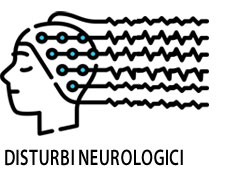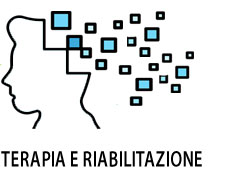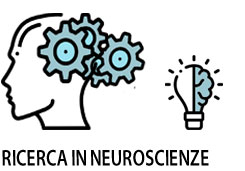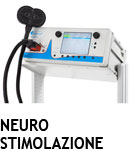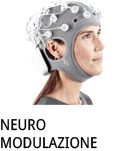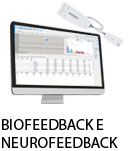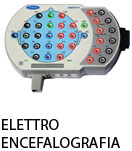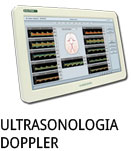- +39 011 5821948
- info@geasoluzioni.it
- Lun - Ven 8:00 - 17:00
N100 as a response prediction biomarker for accelerated 1 Hz right DLPFC-rTMS in major depression
- Abstract:
- Background and objective Repetitive transcranial magnetic stimulation (rTMS) is a safe and effective treatment for major depressive disorder (MDD); however, this treatment currently lacks reliable biomarkers of treatment response. TMS-evoked potentials (TEPs), measured using TMS-electroencephalography (TMS-EEG), have been suggested as potential biomarker candidates, with the N100 peak being one of the most promising. This study investigated the association between baseline N100 amplitude and 1 Hz right dorsolateral prefrontal cortex (R-DLPFC) accelerated rTMS (arTMS) treatment in MDD. Methods Baseline TMS-EEG sessions were performed for 23 MDD patients. All patients then underwent 40 sessions of 1 Hz R-DLPFC (F4) arTMS over 5 days and a follow-up TMS-EEG session one week after the end of theses arTMS sessions. Results Baseline N100 amplitude at F4 showed a strong positive association (p < .001) with treatment outcome. The association between the change in N100 amplitude (baseline to follow-up) and treatment outcome did not remain significant after Bonferroni correction (p = .06, corrected; p = .03, uncorrected). Furthermore, treatment responders had a significantly larger mean baseline F4 TEP amplitude during the N100 time frame compared to non-responders (p < .001). Topographically, after Bonferroni correction, F4 is the only electrode at which its baseline N100 amplitude showed a significant positive association (p < .001) with treatment outcome.
- Patologie/Applicazioni:
- Anno:
- 2024
- Tipo di pubblicazione:
- Articolo
- Parola chiave:
- TMS; stimolazione magnetica transcranica; depressione; DLPFC-rTMS; Biomarkers; N100
- Testata scientifica:
- Science Direct
- Mese:
- 07
- Nota:
- Gli autori hanno investigato il picco d’onda N100 come potenziale marker biologico su 23 pazienti con disturbo depressivo maggiore per predire il risultato del trattamento a bassa frequenza. Per il trattamento è stato usato uno stimolatore MagPro R20 con una bobina B70. La stimolazione è avvenuta sulla corteccia dorsolaterale prefrontale di destra al 120% della soglia motoria, 600 impulsi per sessione erogati ad una frequenza pari ad 1Hz. Il protocollo intensivo (accelerated repetitive transcranic magnetic stimulation, arTMS) prevedeva 8 sessioni giornaliere per 5 giorni consecutivi. L’ultimo follow-up è stato eseguito a 4 settimane dalla fine del trattamento. Il predittore trovato è l’ampiezza dell’onda N100 prima dell’inizio del trattamento: maggiore l’ampiezza di N100, migliore la risposta del paziente al trattamento. Inoltre, i soggetti che hanno risposto al trattamento mostravano una media dell’onda N100 molto più negativa rispetto agli altri all’inizio dello studio.
- DOI:
- 10.1016/j.jad.2024.07.131
Hits: 422
La nostra storia
GEA soluzioni si affaccia nel 2013 al mercato della strumentazione medicale di alto livello tecnologico ma la sua storia parte da più lontano, clicca qui per approfondire.
GEA SOLUZIONI SRL
via Spalato 72/A, Torino
Tel.: 011 5821948 / 011 4463853
Fax: 011 0433281
Email: info @ geasoluzioni.it
P. IVA IT11696920013
REA TO1233648

